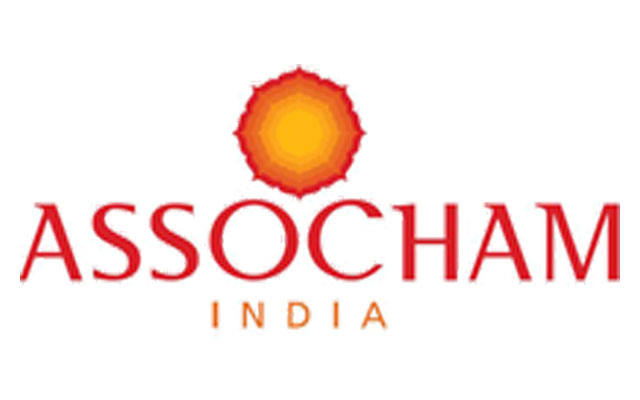
New Delhi, Jan 30 (IBNS): With a meagre 35 per cent and 17 per cent debt market penetration in Government securities (G-secs) and corporate bonds, India is trailing developed economies like the United States of America (USA) where it is 83 per cent and 123 per cent respectively, noted a recent ASSOCHAM-Crisil joint study.
“Indian debt market also suffers from a skew towards sovereign paper, with G-secs (including treasury bills and state-development loans) accounting for three-fourths of the pie, while bank loans form predominant medium of corporate funding,” according to an ASSOCHAM study jointly conducted with rating firm Crisil.
Though corporate bond market has grown over the years, it is heavily tilted towards top-rated papers and the banking, financial services and insurance domains, both in primary and secondary segments.
It also highlighted a marked lack of participation, of both individual and institutional investors. “While individual investors limit themselves to the most accessible bank fixed deposits (FDs), institutional investors, such as insurance and pension funds are restricted by regulatory constraints, especially in terms of preference to G-secs over bonds.”
The report noted that while response of foreign portfolio investors (FPIs) has remained mixed, individual investors are warming up to debt investments evidently as their investments in debt mutual funds increased from Rs 74,386 crore as of March 2009 to Rs 3.63 lakh crore as of September 2017.
It also said that lately, a slew of macroeconomic and regulatory developments have aided growth of debt market.
On the economic front - stable inflation, fiscal improvement, a stable currency and addressing of structural interest rate issues by linking transmission of interest rates to small savings instruments have helped.
While on the regulatory front the positives include - implementation of Insolvency and Bankruptcy Code (IBC), uniform bond valuation, standardisation of issuance/reissuance and electronic biddings, framework for large borrowers, additional norms for credit rating agencies and corporate bond repos.
“But more needs to be done, in terms of investor awareness, development of new products and simplification of taxation structure,” the report stated adding that bringing a higher share of people under organised sector employment, promotion of financial intermediation and measures to increase foreign investors into the debt market would spur its growth.
Highlighting the important role of debt market in the global economy, the ASSOCHAM-Crisil study said that it benefits all three parties associated i.e. issuers, investors and regulator/environment.
Support Our Journalism
We cannot do without you.. your contribution supports unbiased journalism
IBNS is not driven by any ism- not wokeism, not racism, not skewed secularism, not hyper right-wing or left liberal ideals, nor by any hardline religious beliefs or hyper nationalism. We want to serve you good old objective news, as they are. We do not judge or preach. We let people decide for themselves. We only try to present factual and well-sourced news.







